Filter News
Area of Research
- (-) Neutron Science (72)
- Advanced Manufacturing (5)
- Biological Systems (1)
- Biology and Environment (102)
- Biology and Soft Matter (4)
- Building Technologies (2)
- Chemical and Engineering Materials (3)
- Chemistry and Physics at Interfaces (7)
- Clean Energy (168)
- Climate and Environmental Systems (7)
- Computational Biology (1)
- Computational Chemistry (5)
- Computational Engineering (1)
- Computer Science (3)
- Data (1)
- Earth Sciences (1)
- Electricity and Smart Grid (1)
- Energy Frontier Research Centers (7)
- Fuel Cycle Science and Technology (2)
- Functional Materials for Energy (8)
- Fusion and Fission (32)
- Fusion Energy (7)
- Geographic Information Science and Technology (1)
- Isotopes (21)
- Materials (122)
- Materials for Computing (13)
- Materials Synthesis from Atoms to Systems (8)
- Materials Under Extremes (7)
- National Security (45)
- Neutron Data Analysis and Visualization (2)
- Nuclear Science and Technology (27)
- Quantum Condensed Matter (3)
- Quantum information Science (4)
- Renewable Energy (2)
- Sensors and Controls (2)
- Supercomputing (153)
- Transportation Systems (4)
News Type
News Topics
- 3-D Printing/Advanced Manufacturing (3)
- Artificial Intelligence (4)
- Big Data (1)
- Bioenergy (2)
- Biology (1)
- Biomedical (5)
- Chemical Sciences (1)
- Clean Water (2)
- Computer Science (7)
- Coronavirus (3)
- Decarbonization (1)
- Energy Storage (2)
- Environment (3)
- Fossil Energy (1)
- High-Performance Computing (1)
- Machine Learning (3)
- Materials (5)
- Materials Science (7)
- Mathematics (1)
- Microscopy (1)
- Nanotechnology (2)
- National Security (1)
- Neutron Science (33)
- Nuclear Energy (1)
- Physics (1)
- Polymers (1)
- Quantum Computing (1)
- Quantum Science (1)
- Security (1)
- Space Exploration (1)
- Summit (2)
- Transportation (1)
Media Contacts
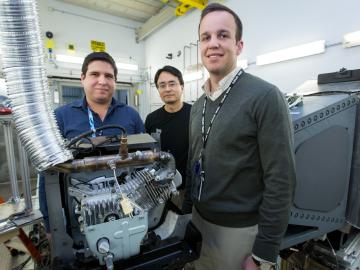
In a first-of-a-kind experiment, researchers used neutrons to investigate the performance of a new aluminum alloy in a gasoline-powered engine—while the engine was running.
A team from the Department of Energy’s Oak Ridge National Laboratory worked with industry partners to perfor...
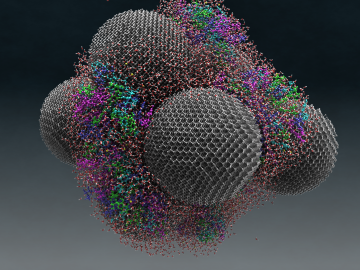
It’s not enough to design new drugs. For drugs to be effective, they have to be delivered safely and intact to affected areas of the body. And drug delivery, much like drug design, is an immensely complex task.
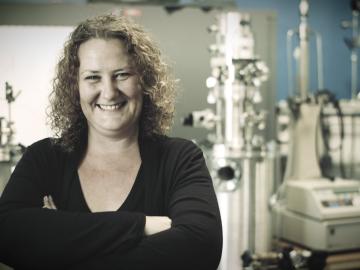
Scientific research can be vexing and tiring at times, but for Bianca Haberl, the euphoria of discovery is the ultimate reward.
In fact, Haberl can identify the specific instance, early in her career, when that excitement originated and guided her toward high pressure science. ...
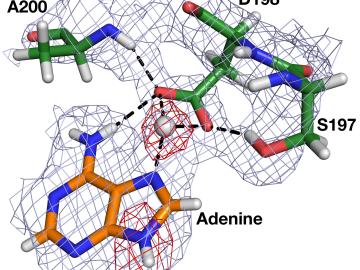
Neutron analysis at the Department of Energy’s Oak Ridge National Laboratory is helping researchers better understand a key enzyme found in a bacterium known to cause stomach cancer.
Understanding the details of this enzyme, and thus the Helicobacter pylori bacteria’s metabolis...
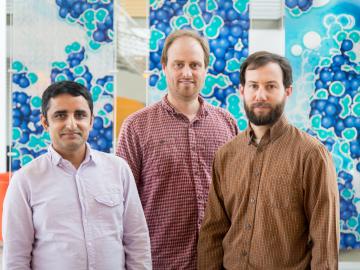
When matter changes from solids to liquids to vapors, the changes are called phase transitions. Among the most interesting types are more exotic changes—quantum phase transitions—where the strange properties of quantum mechanics can bring about extraordinary changes in curious way...
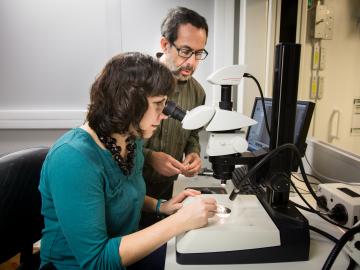
Scientific discovery can come from anywhere, but few researchers can say the answers to their questions would come from the pea-sized bones in the head of a six-foot-long, 200-pound prehistoric freshwater fish.
In a unique pairing of biology and neutron science, researchers from...
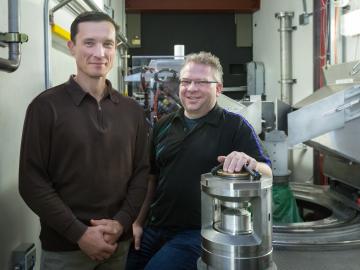
Unexpected results from a neutron scattering experiment at the Department of Energy’s Oak Ridge National Laboratory could open a new pathway for the synthesis of novel materials and also help explain the formation of complex organic structures observed in interstellar space.
I...
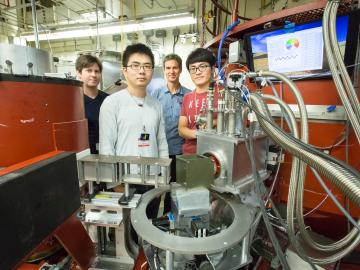
For the first time since 2011, scientific users of Oak Ridge National Laboratory’s High Flux Isotope Reactor were able to take advantage of a seventh cycle, allowing for 25 extra days of neutron production and available time for new experiments on HFIR’s 12 beam lines in fiscal ye...
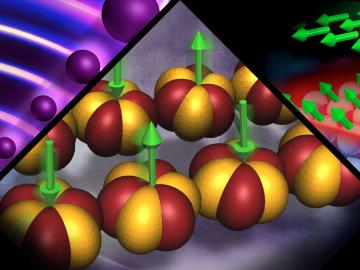
The theories recognized with this year’s Nobel Prize in Physics underpin research ongoing at the Department of Energy’s Oak Ridge National Laboratory, where scientists are using neutrons as a probe to seek new materials with extraordinary properties for applications such as next-generation electronics, superconductors, and quantum computing.
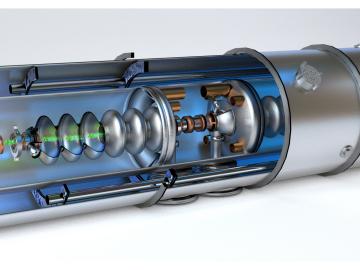
The first of its kind superconducting linear particle accelerator (LINAC) built for the Spallation Neutron Source (SNS) at the Department of Energy’s Oak Ridge National Laboratory is now celebrating 10 years of successful operations.
The world-leading machine, which took 7 years...




